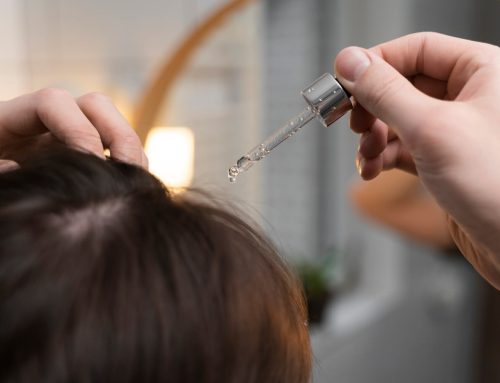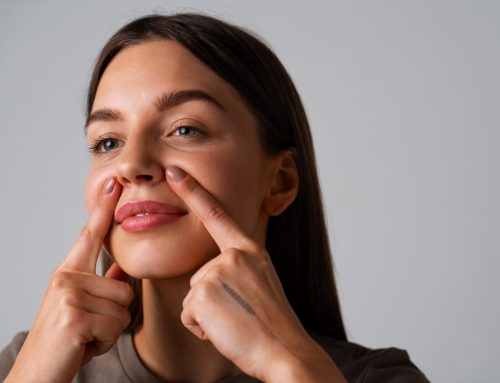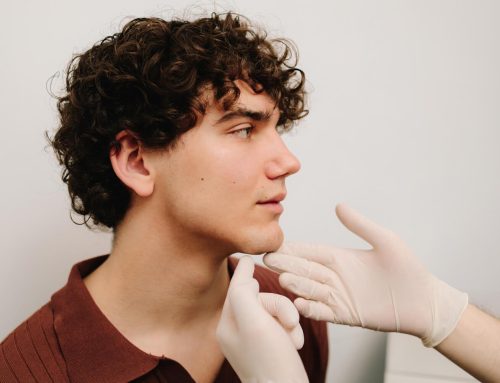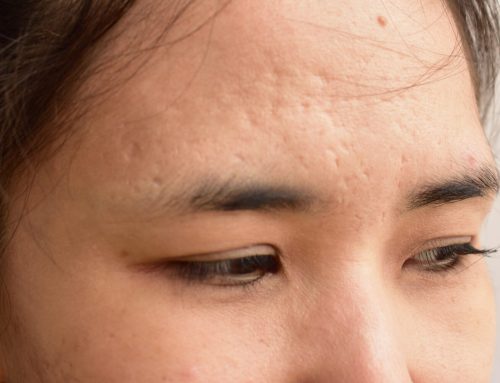Acne is one of the most common dermatological conditions worldwide, affecting people of all ages. The stage of life with which acne is most commonly associated is adolescence, but it can also appear at any other stage, causing discomfort and, in some cases, affecting the self-esteem of those who suffer from it.
Most frequent causes
- Excess sebaceous production: This is a pathological increase in the secretion of the skin’s sebaceous glands, which can be caused by different factors. Hormones play a crucial role in stimulating these glands, leading to an overproduction of sebum. Stress, diet and genetic factors can also influence this process.
The most common treatments are lasers that heat the skin and reduce sebum, and topical or oral retinoids that help normalise keratinisation and reduce sebum secretion.
- Follicle blockage: In acne there is abnormal keratinisation that causes skin cells to become stuck together and cause blockage of the sebum outflow orifice. This blockage creates an environment for bacterial growth and inflammation. Factors such as the use of comedogenic cosmetics and exposure to pollutants can exacerbate this condition.
To treat them, it is important to reduce the adherence of these cells and the most common treatments are peels and microdermabrasions.
- Infection: It is caused by the proliferation of bacteria favoured by the obstruction of the pores. The most typical bacterium is called Propionibacterium acnes, which feeds on the sebum itself and causes itching and redness.
Traditionally oral and topical antibiotics have been used. Nowadays we try to treat the skin with as little medication as possible and reduce the bacterial infection with photobiological therapy with blue LED light.
- Inflammation: Occurs when hair follicles become infected with bacteria and inflammation occurs. This inflammation is a natural response of the body, but with acne it can cause damage to the skin.
Photobiological therapy with red LED light (640nm) manages to treat the inflammation, soothe the skin, reduce redness, and promote skin regeneration. This procedure helps to improve the appearance of the skin and prevent long-term scarring.
When treating any condition, it is important to keep in mind that each patient is unique and will need a personalised treatment plan.
There is no one treatment that is more or less effective than another. We will choose the treatments to be performed depending on the needs, but in most cases it is most effective to combine procedures, as we do in our dermatology clinic.



